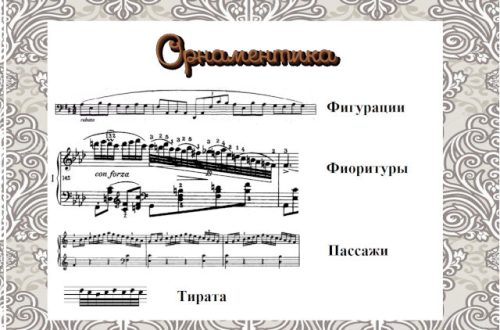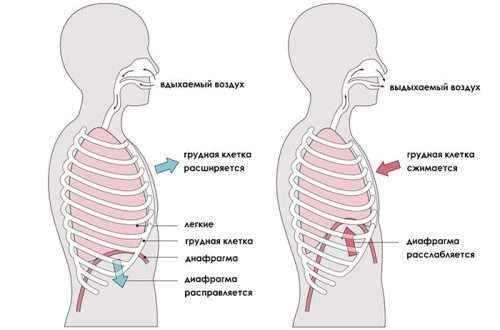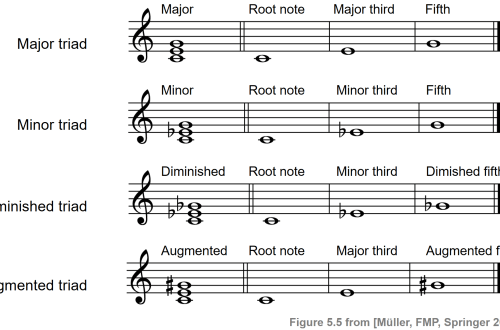
Altered chords
Contents
What features greatly expand the “range” of chords?
altered chords
This type of chord is obtained by raising or lowering one of the steps of the chord by a semitone. Immediately make a reservation that the III and VII steps cannot be changed, because. they are responsible for whether a chord belongs to a major or a minor. You can change the V, IX, XI and XIII steps. This step change does not change the harmonic function of the chord.
Notation of altered chords
Chords of this type do not have their own names. They are designated as follows: first, the name of the chord is indicated, after which the necessary accidental sign (sharp or flat) is written, and then the step being changed.
Below is an example. Compare: a large major seventh chord Cmaj7 and Cmaj7 ♭ 5 built from it:

Figure 1. Major seventh chord (Cmaj7)

Figure 2. Large major seventh chord with a lowered V step (Cmaj7 ♭ 5)
Compare the sound of both chords by clicking on the example pictures. Note that Cmaj7 ♭ 5 is a dissonant chord.
Let’s take a look at how Cmaj7 ♭ 5 was built. We used the Cmaj7 grand major seventh chord as a base. In order to build Cmaj7 ♭ 5, you need to lower the V degree, this is the note G – we lower it. That’s it, the chord is built.
Results
Experiment with altered chords, you will find many interesting sounds.





